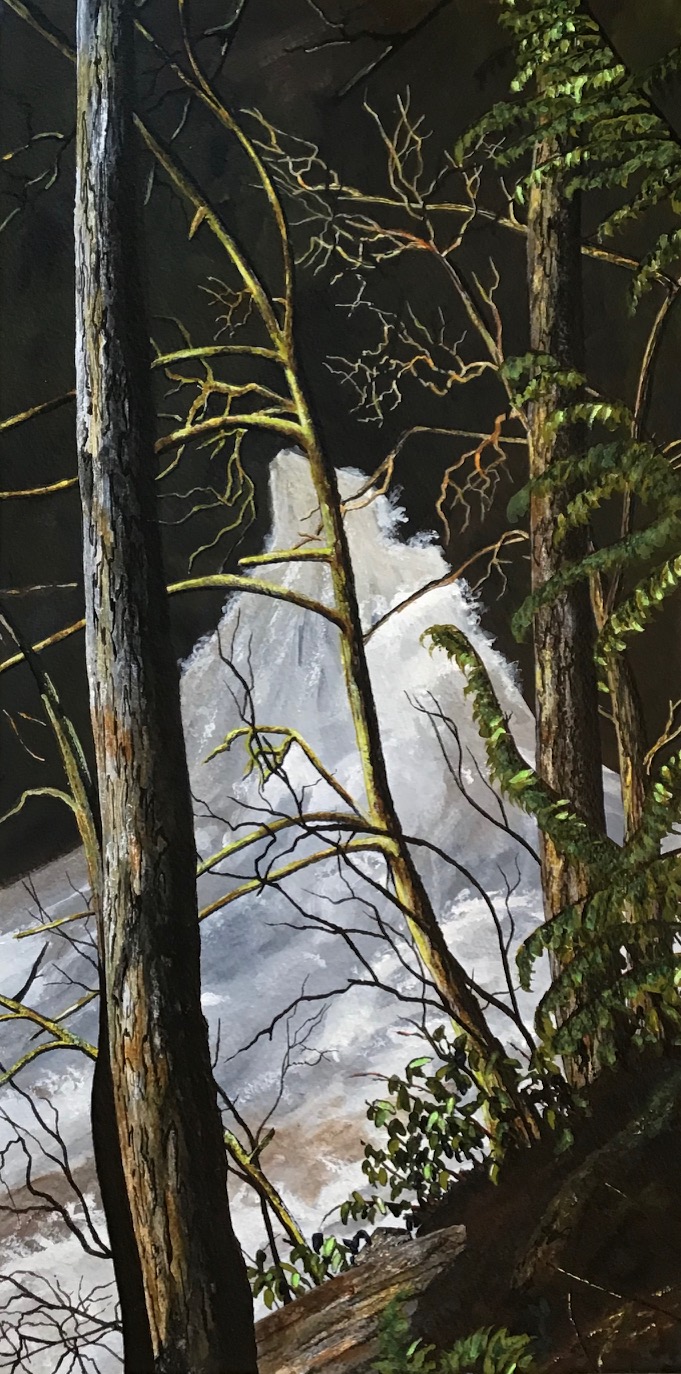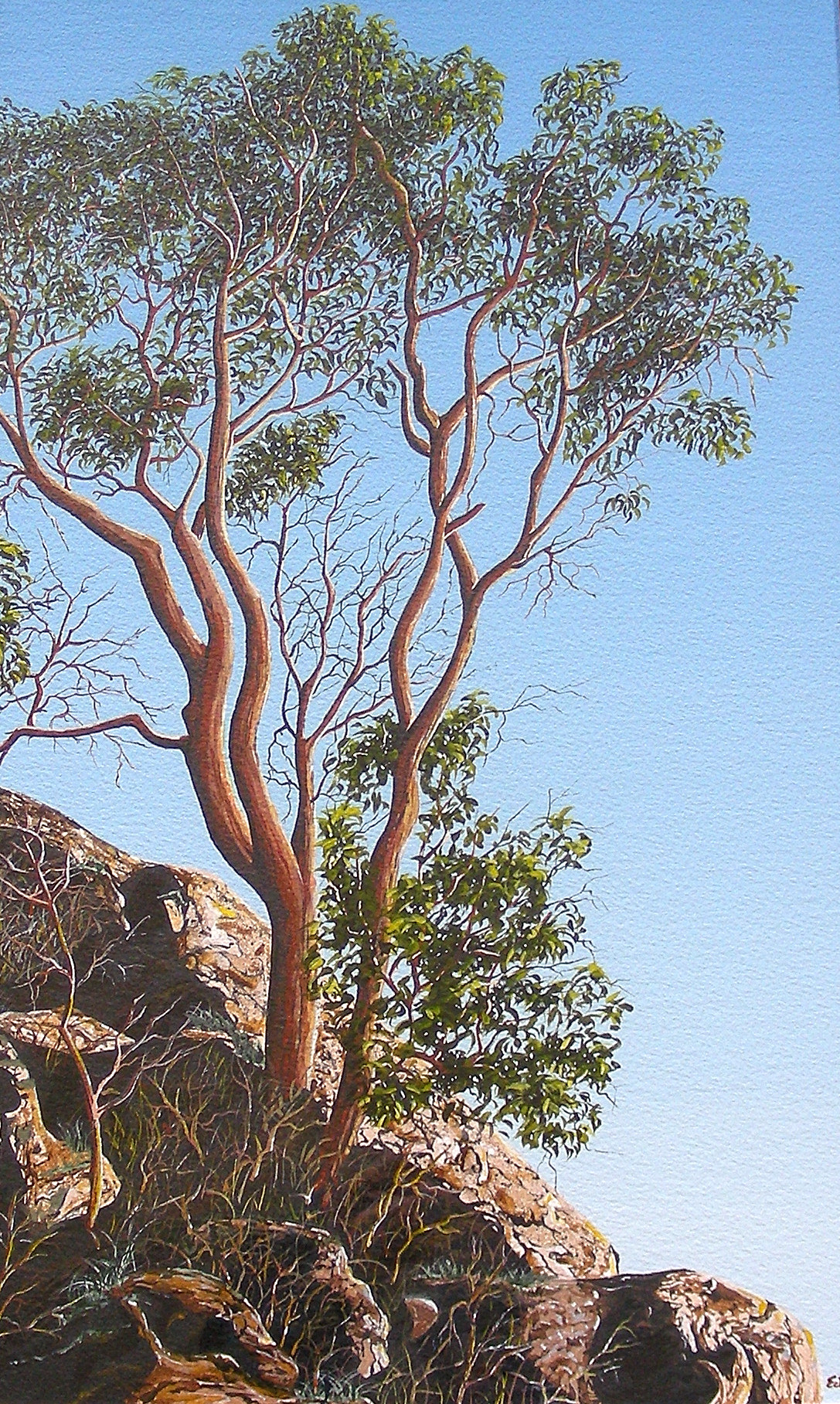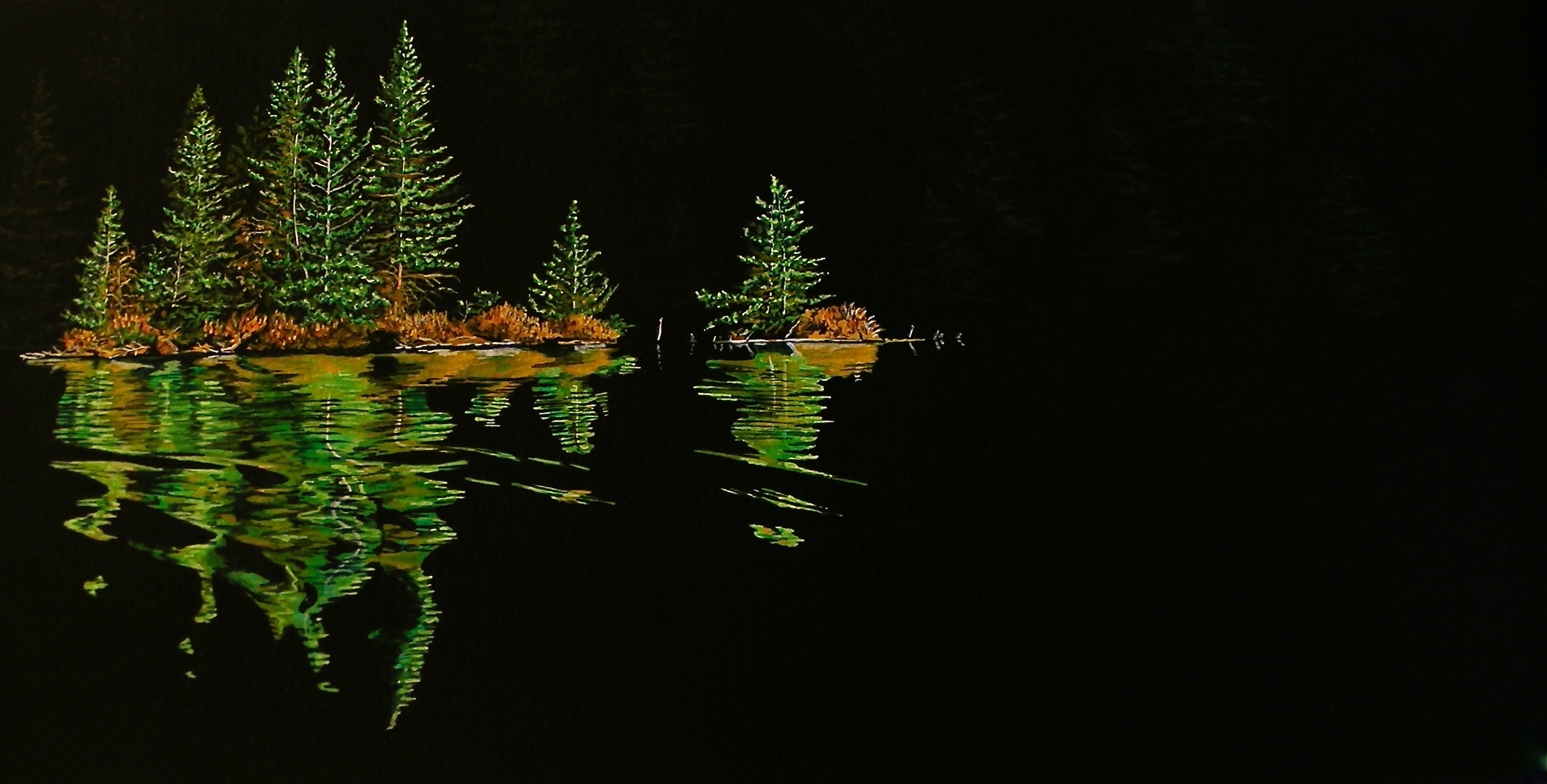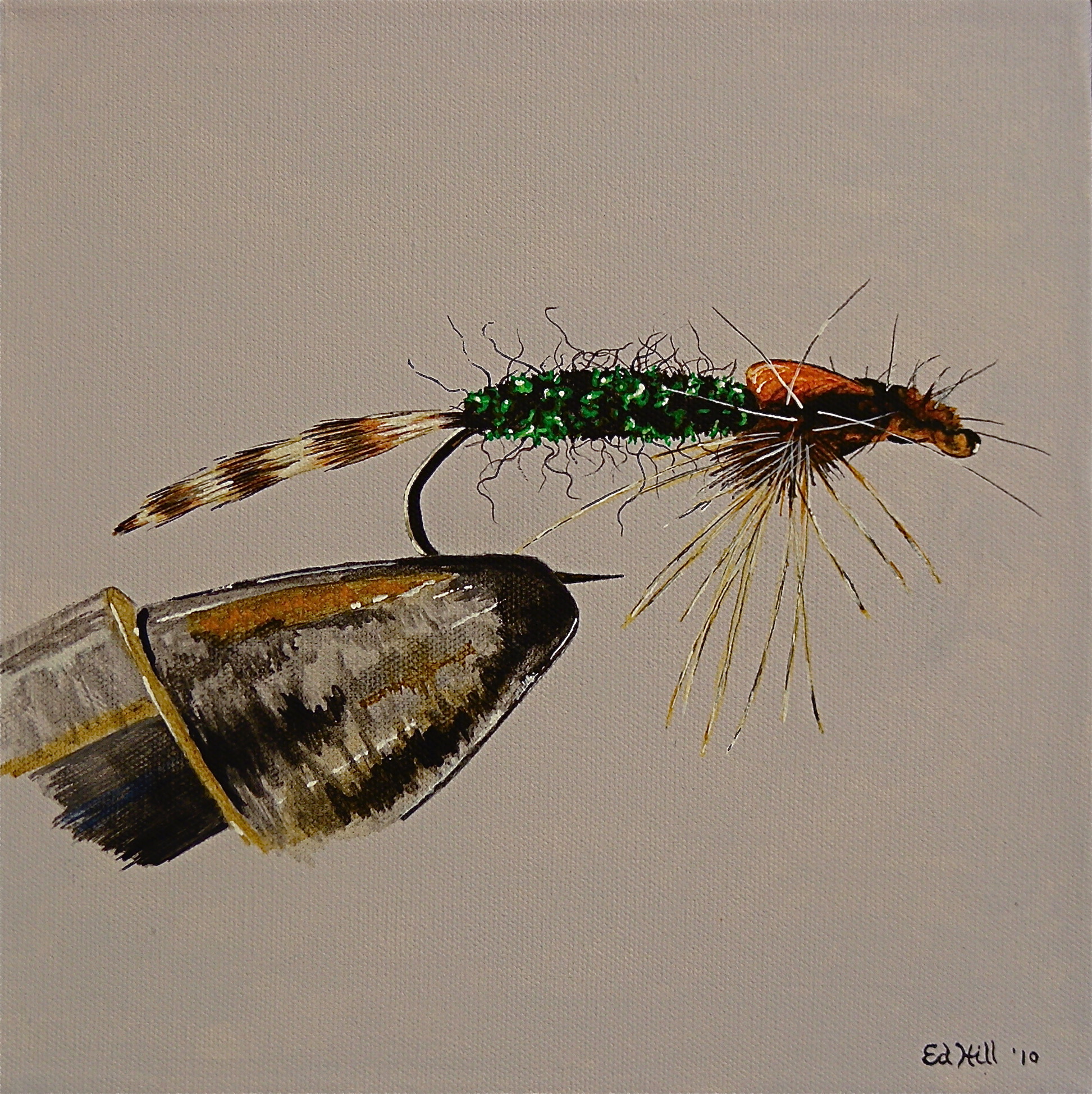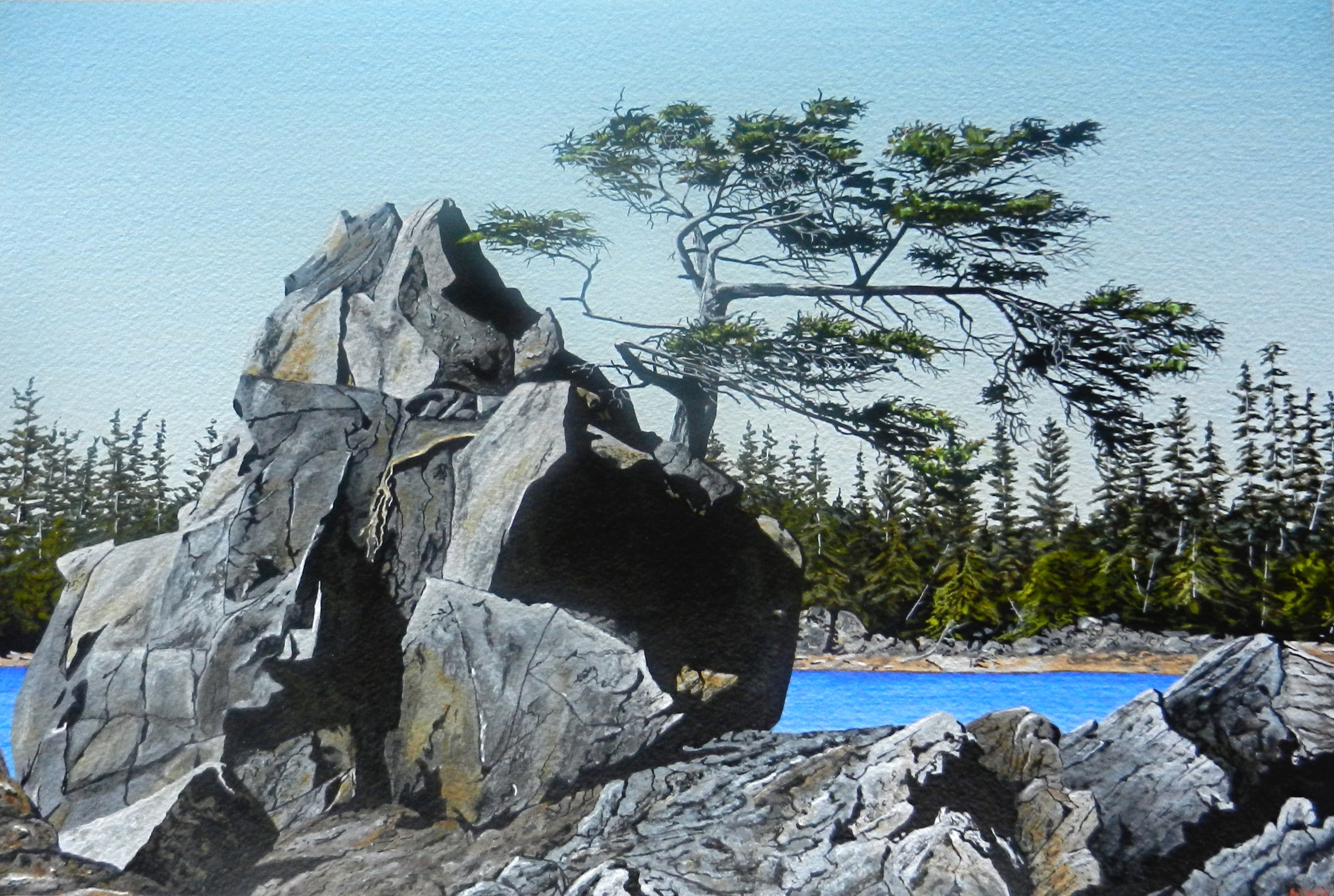It was probably about the year 2002, the year I retired, so we’ll call it that. Joy and I were enjoying our annual summer camping trip in beautiful Manning Park. Every year since about 1995 we’ve reserved the group campsite and joined up to 50 family and friends for anywhere from five days to two weeks of glorious lakeside camping. The Lightening Lakes are at our campsite doorstep and Mount Frosty offers an 8,000 foot challenge to all who come each and every year. There’s something for everybody as we languish in the solitude of our private camp grounds.
Living in tents, tent trailers, motor homes, trailers and campers, we are a group of friends who eagerly anticipate the get together every year. There are a few of us who enjoy one pastime more than the rest. We enjoy our fishing. The Lightening Lakes are loaded with small cutthroat trout. The chain of five lakes is stocked each year, and though they are small, they are feisty and very, very tasty. At least once every year the fishermen ensure that anyone in the campsite gets a feed of trout if they so desire.
For me, the very best Manning holidays must include lots of fishing from my canoe. I’ll do the hikes, climb the hills and mountains, but the fishing is like paddling in a post card so how can I resist. Each spring, about March, I take an afternoon and get my fly tying gear out. I tie sufficient flies not only for me, but to share with anyone else who may need them at Manning that summer. My fly tying afternoon is a part of the ritual that prepares me for the holiday as I struggle with the anticipation of this, my favourite summer activity.
In about 1996 or 97 I invented a trout fly specifically for the Lightening Lakes. I’d observed the flies that seemed to work and in devising this one I incorporated a lot of the features that seemed to be effective in these lakes. I suppose the predominant feature of my fly was the peacock hurl that I use in the body. It emits an iridescent glow that I’m sure the fish are attracted to. It’s a small fly, on a number ten hook usually, and aside from the flash of peacock green, it has grey, brown and black in its construction. As it turns out, the fly is effective in almost any lake, river or stream I’ve tried it in. Flies come in many and varied sizes. There are as many shapes and colours as one can imagine. Some have names like “Wooly Bugger” or “Tom Thumb”. Others have less imaginative names such as “Mosquito”, “Shrimp” and “Gnat”. My fly, however, had no name. It just worked. I tied it each year, put it on the end of my line and it caught fish. But it had no name. That was all to change in the summer of 2002.
I’m always happiest when Bryson and Melanie are able to come with their families, and this year saw Bryson camping for a few days. A priority for me is time fishing with Bryson. I used to take him fishing when he was a little guy in Bella Bella, then in Ottawa we’d actually take a Father and son spring camping/fishing trip together. Later, in Tofino, he developed a love of fishing that grew in proportion to his body. He once caught a 62 lb skate off a dock with one of his little fishing buddies. A few years later he registered an official “Tyee”, catching a 40 lb salmon there in the waters off Tofino. To be able to fish with my son is one of the very best times of my life.
On this particular day we’d taken off from camp early in the afternoon. We’d paddled down to the far end of the second lake and spent the afternoon fly casting and catching trout. We caught so many fish with my unnamed fly that we released most of the fish throughout the afternoon. We did keep our limit of eight fish, but we must have released 20 to 30 trout altogether that afternoon. It was a time to be remembered and treasured with my son.
Turning for home, about a 20 minute paddle away, Bryson and I powered the canoe up the lake. The canoe flew over the water with both of us reveling in our fitness and ability to make this thing go fast. It was all part of a great afternoon together. I treasure these times with Bryson. As we approached the narrows at the bridge between the two lakes we slowed our pace. There was a bit of canoe traffic, people swimming and even a few canoes with folks casting into the deep cut of the banks of the lake at the narrows.
As we paddled past one canoe with a singular man casting and retrieving his fly, I greeted him with a “Hi – how’s the fishing?”
“Pretty bad” he said, turning to look at us as his fly drifted at full length of his cast. “You guys get any?” We let our canoe drift to a stop beside his.
Proudly I lifted the string with 8 nice trout shining in the sun. “We did great! We’ve got our limit here and we threw a lot back.” I put the fish back in the bottom of the canoe. I didn’t want to rub it in too hard. I know the feeling of no fish when others are loading up. No fisherman can claim to “always” catch fish. If he does, he’s a liar!
“That’s great!” He seemed genuine in his praise. “What did you get them on?” That’s a usual question that sometimes solicits a one of those fisherman’s lies from an over protective and secretive fisherman. In my case though I’ll usually tell anyone what I used, and this time would be no different.
“I don’t know the name of it.” I offered as I lifted my fly rod. I released the fly from its catch loop on the rod and dangled it so he could see if from his canoe. “I invented it and never named it. It just catches a lot of fish so I keep tying it.”
“If it’s that good, you should name it after yourself.” The friendly fisherman offered.
He has a point, I thought. But before I could even contrive a name for my fly from “Ed Hill”, Bryson spoke up.
“Asshole!” he said. Our fisherman acquaintance looked a little stunned as we paddled away, but my trout fly had been named. No matter what name I ever tried to dub this trusty fly with, it would forever be tagged with the name Bryson had given it that day at the narrows of the Lightening Lakes. We all had a good laugh, and as we paddled away I knew my fly now had a name. Someday, if others learn to tie that particular pattern, it may end up in fishing shops in the little bins that the flies display in. I don’t’ know what they’ll call it, but I know what they should call it. From this day forward it will always be known as “Asshole”, named after its creator.

